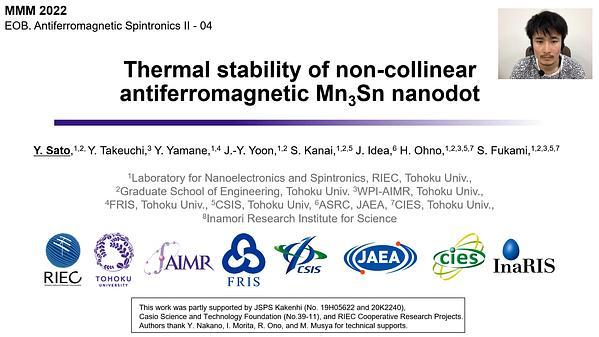
Premium content
Access to this content requires a subscription. You must be a premium user to view this content.

technical paper
Heat Capacity and Giant Magnetocaloric Effect of a MnFe(P,Si,B) Compound investigated by semi adiabatic and Peltier Cell Calorimetry Techniques
Heat capacity is a basic physical quantity most important for studying magnetocaloric materials. Not only it reflects how much heat can be stored in the material, but it also allows to quantify the two main performance parameters: the isothermal entropy change ΔS and the adiabatic temperature change ΔTad. On top of that, being sensitive to structural, electronic and magnetic degrees of freedom, heat capacity also provides fundamental insights. In Fe2P materials, at the exception of the binary parent, heat capacity studies were so far limited to indirect determinations of the magnetocaloric effect. Here, we will present an extensive heat capacity study of a prototypical MnFe(P,Si,B) compound. Semi-adiabatic relaxation calorimetry, commercial heat flow and home-made Peltier cells differential scanning calorimeters were used to record the heat capacity both around first-order ferromagnetic transition and at low temperatures. This systematic investigation fills several knowledge gaps on the promising MnFe(P,Si,B) magnetocaloric materials.
First, we will describe the development of a Peltier cell differential scanning calorimeter designed “as an option†for commonplace commercial cryostat equipped with high magnetic field. This system can be used to measure directly the isothermal entropy change ΔS induced by a magnetic field and it even allows targeting the cyclic (reversible) effect due to successive magnetization/demagnetization. In MnFe0.95P0.585Si0.34B0.075, an exceptionally large cyclic entropy change at intermediate field (ΔScyclic = 13.2 J kg-1 K-1 for µ0ΔH = 1 T) is observed.
Then, the heat capacity is analyzed over a broad temperature range to provide an estimate of several important parameters, such as the electronic density of states (N(EF)≈ 7.2 states eV-1f.u.-1) or an estimate of the Debye temperature θD ≈ 455 K. Different methods (non-magnetic reference, Debye function, phonons calculations) were used to model the lattice contribution to the heat capacity. Our study highlights the difficulty to disentangle lattice, electronic and magnetic contributions in Fe2P-type materials. It nonetheless reveals that the magnetic entropy plus latent heat is considerably larger in MnFe(P,Si,B) than in the parent Fe2P.

